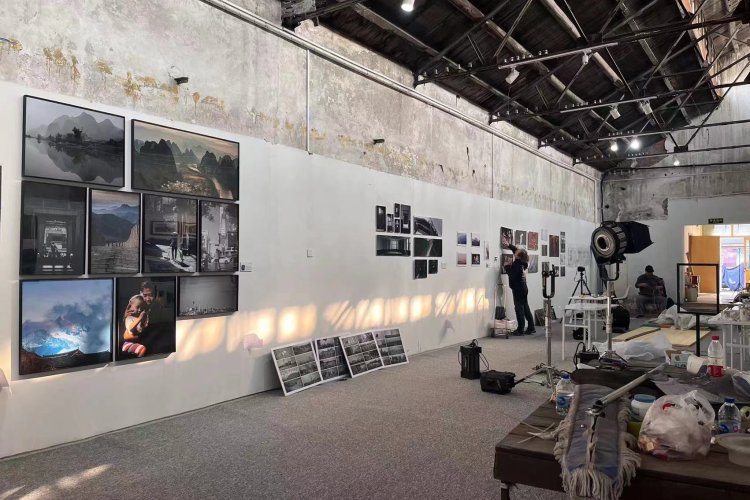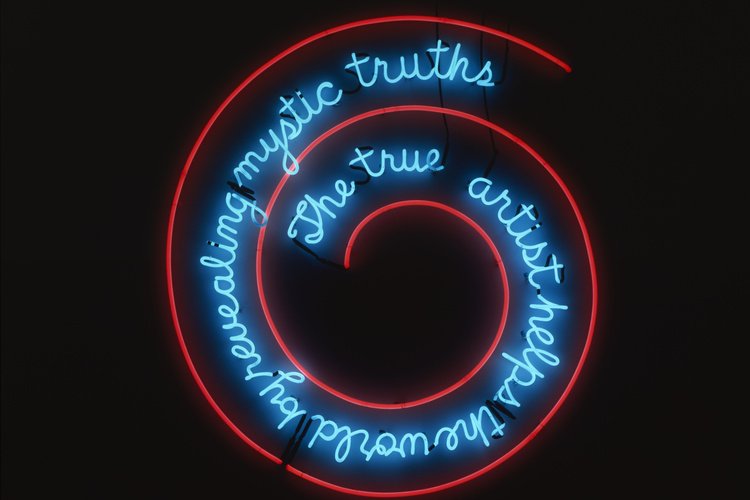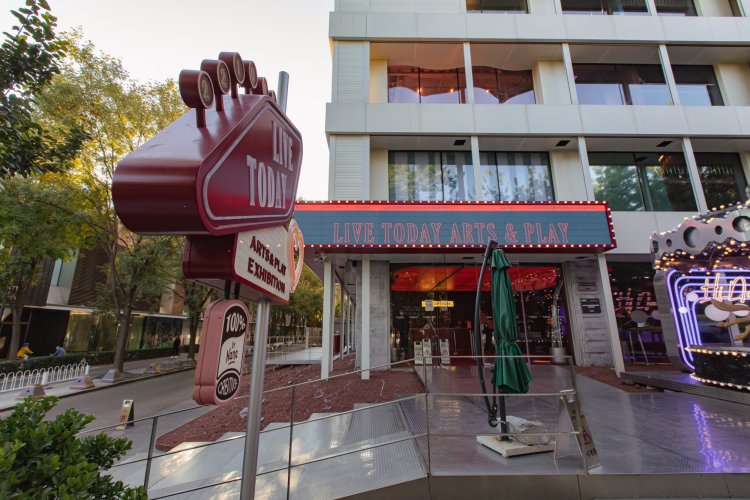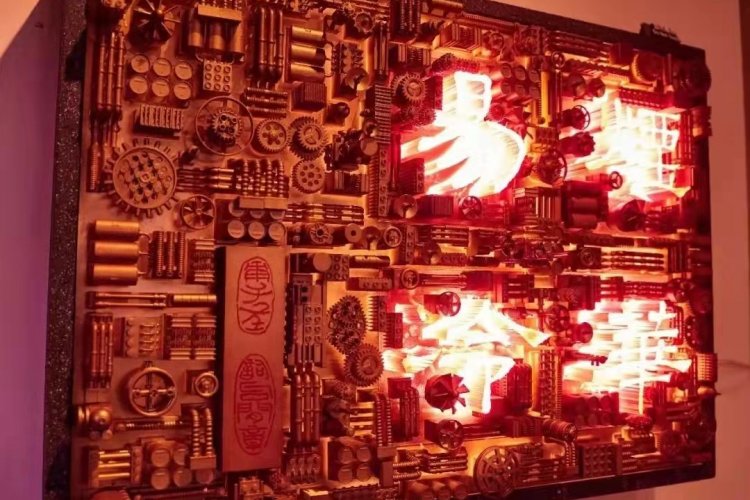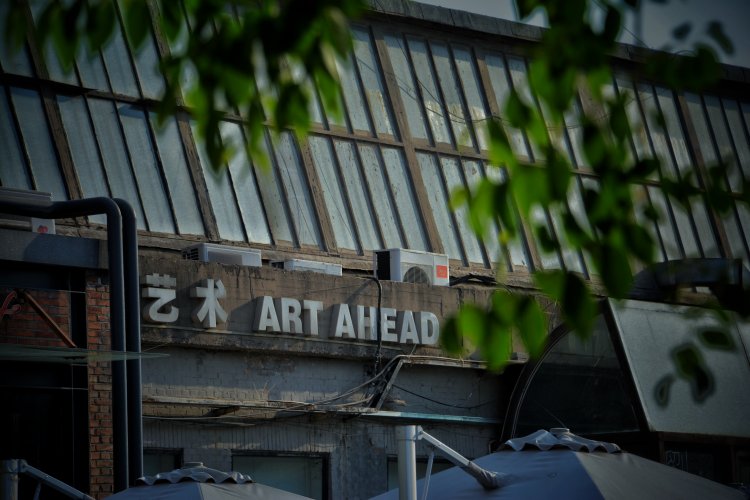State of the Arts: 'Discordant Harmony' Looks Back at Asian Art in '80s and '90s
State of the Arts is our regular arts column whereby we take a look at the newest moves in Beijing's creative scene and highlight art news as well as exhibitions, artists, and openings that you should seek out.
For this week’s SOTA recommendation, we go a bit historical with the Inside-Out Art Museum’s Discordant Harmony. The last leg of a larger traveling exhibition project that previously had shows in Taipei, Hiroshima, and Seoul, Discordant Harmony is an ensemble of study cases coming from different Asian countries used as a means to understand the art world context in the region during the late '80s and early '90s.

There are four curators involved representing the art realities of the period in Japan, Taiwan, Korea, and China. The curator for the Chinese program is Carol Yinghua Lu.
The show sprawls throughout the three floors of the museum not necessarily separating the cases presented in order to create this idea of parallel realities responding to similar external and internal forces pulling the local art world back in the day. Indeed, the exhibition above all presents the tensions and opportunities posed by the exposure of the countries included in the project to the growing forces of globalization and the rise of the neoliberal economy in the late '80s and how that influenced the themes, ethos, and art-making practices of the artists of the age.

The First 1990s Biennial Art Fair (Oil Painting Section), in which a group of curators, art critics, and artists led by curator Lu Peng conducted an experiment in which the art pieces shown were valued and assessed as commodities for a non-state-controlled market, something unheard of locally but that resonated strongly with the core market-oriented values of the capitalistic West.
Another interesting feat of the exhibition is the digitization of the publication Fine Arts in China, a weekly arts-related newspaper published between 1985 and 1989. The publication is an excellent source to understand some of the breakthroughs of the Chinese art scene back in the days when the Chinese New Wave was in full swing. Needless to say, you need to polish your HSK skills to fully appreciate this resource, but the archival goody can make a good few days of happy research for those interested and sheds light on the Chinese perception of Chinese art production at the time.

Among other highlights, as part of the Korean study case – Plastic Spring, 1993 – you’ll get a smaller version of "Majestic Splendor," a piece that portrays the slowly rotting process of fish. This piece has some history: When exhibited in New York's Museum of Modern Art in 1997, it had to be removed due to its unbearable stench. The staff responsible for the exhibition at the museum says that they’ve taken suitable precautions to make sure this won't be the case in Beijing.
Discordant Harmony will be on view until Feb 4, 2018. For more information about the artists, works, curators involved, and activities around the exhibition, please follow the museum’s official account on WeChat: zhongjianmeishuguan.
Photos courtesy of the Inside-Out Art Museum


